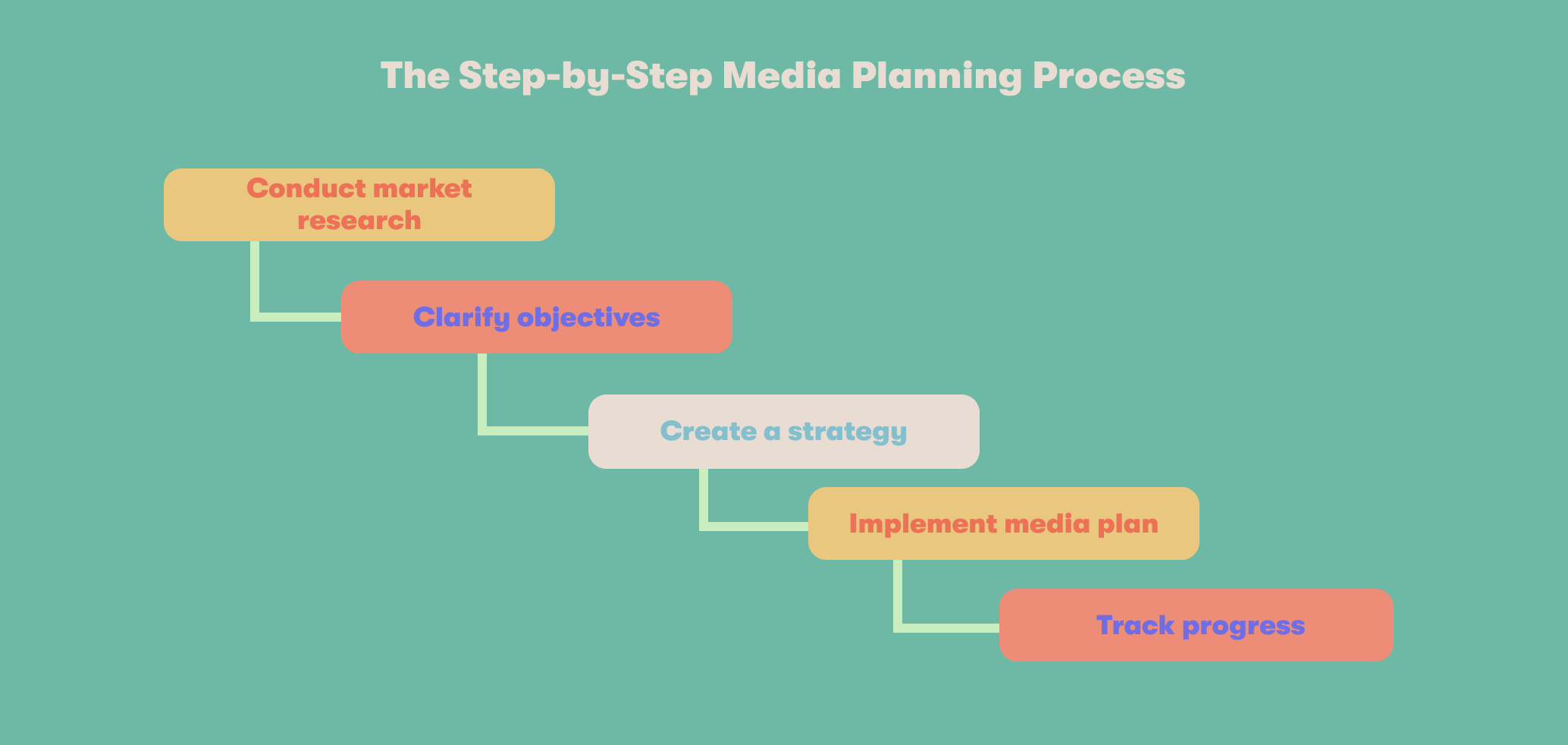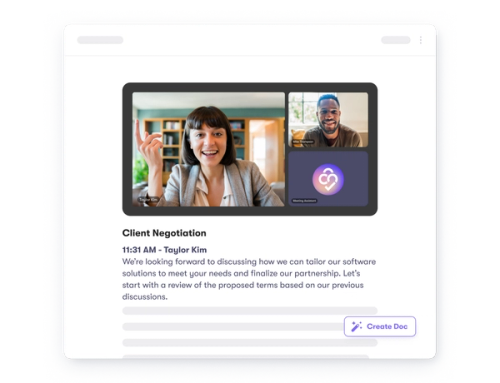5 Simple Steps to Media Planning

What is media planning?
An essential part of marketing is reaching the right audience at the right time. Why go through all the trouble of creating a content plan, composing high-quality copy, and designing beautiful imagery if no one will see it? What you need now is a media plan.
Media planning is the process marketers use to define how, when, where, and why they will share media content with a particular audience. It also includes determining which ads will maximize conversions and ROI (return on investment).
There are many benefits to media planning. Most importantly, implementing a media plan gives you and your team a comprehensive view of marketing campaigns. In turn, it will help you better understand your audience, create a strategy, measure progress, and execute even better campaigns in the future.
How to create a media plan
Creating a media plan is a detailed process that requires marketers to consider the needs of target customers and the goals of the business. Here are the essential steps you should take when creating a media plan.

Step 1: Carry out market research
Market research involves gathering information about your business, buyer persona, intended audience, and customers to understand how successful your product or service will be among these people. Market research is viable for media planning because it will help you create content with which your audience wants to engage.
Depending on the goal of your market research, there are a wide variety of questions you could ask. Here are some examples to spark some inspiration:
- What are the demographics of your audience? Age, location, profession?
- How likely are people to recommend your service to a friend?
- Who are your competitors? What do they do better or worse?
- What does the product do? What could it do better?
- What is the max and minimum you’d pay for the product or service?
Step 2: Clarify objectives
Make sure to clarify your primary objectives; it will help you stay aligned throughout the process of media planning. Having a concrete idea of what drives your media plan will help you shift through the content types and platforms for outlets that support your overall marketing strategy. Consider these elements when creating marketing objectives for your media plan:
- Reach - The number of people exposed to your media content over a certain period.
- Frequency -How often your media is distributed to an audience.
- Circulation - For print ads, it’s the number of media produced and sent out. When your media is marketed online, it’s how often your content is seen.
- Cost - How much should you budget for your media? It’s usually broken down into two different sections: cost per thousand and cost per person.
- Penetration - How many people within your audience will be reached by the advertising?
Step 3: Create a strategy
You understand your market and have a set objective, so it’s time to start creating your media plan. First, decide what type of media you will use. Traditional media types include television, radio, and magazines, while nowadays a large emphasis is placed on digital media planning. Find out which medium or combination of a few reaches the largest audience, fits your budget, and fulfills your overarching marketing goals.
What are the types of media?
Three main types of media are considered when building a media plan:
- Paid media - Advertisements resulting from paid placements from your brand, such as pay-per-click advertising, display ads, and branded content.
- Owned media - Content your brand owns, like blogs and social media accounts.
- Earned media - Advertising your brand gets from other sources, namely customer reviews, media coverage, and word-of-mouth.
How do you select the proper media channels?
First, decide if you’ll utilize an online or offline channel. You determine this based on your goals and strategy. For instance, if you have content that has a long shelf life, then you might consider a media outlet that sticks around longer, like a magazine or podcast. Here are some ideas:
Offline content: Magazines, newspapers, radio, television, out of house
Online content: Digital publications, PPC, social media, programmatic advertising
Weigh the costs and benefits of each platform so your team can decide what resources and forms best fit your media plan.
Step 4: Implement your plan
Set your plan in motion. This is the part where you ‘buy’ media in the sense that you commit to a media provider, submit an ad, pay the bill. It’s where all your hard work comes together.
Media planning also requires media buying, the purchase of ad space on a given platform. Media buying is usually a workflow within itself, as described below:
- Collect information on the nature of your target audience. You can use the same research from creating your media plan!
- Select media mix. What space do you need on which platforms?
- Negotiate a price of media when possible
- Issue ad from copy to media
- Monitor the performance of your media
- Payment where needed
Keep in mind that a media plan can be implemented without media buying, but media buying can’t occur without media planning.
Step 5: Track your progress
After everything is finished, you’ll want to analyze how successful your media plan was. To do so, you’ll need a follow-up by asking yourself and your team, “Did you meet media objectives? How successful were the strategies?” You can use the answer to these questions to determine future media plans.
A media plan example
Now that you know what a media plan entails, you might be curious about how to organize all that information. While media planning comes in all shapes and sizes, a few key points are universally included. This is how you could structure your media plan:

Campaign type - What type of campaign is it?
Goals - What would you like to happen by running this media? How do you measure success?
Target audience -Who are you targeting? Who should see your selected media?
Medium - On which platforms are you running your campaign? Is it online or offline?
Content - What is the copy or imagery of your ad? What is the CTA?
Running time - What are the start and end dates of the campaign?
Measurements -What will you get in the end? More followers, impressions, leads, clicks?
Projected costs - How much money are you planning to spend? Is it realistic?
Try it out for yourself
Creating a media plan can seem daunting, but once you’ve compiled all your resources and organized them to fit your brand, the process becomes effortless!
Give media planning a try and see what you think.
FAQ





